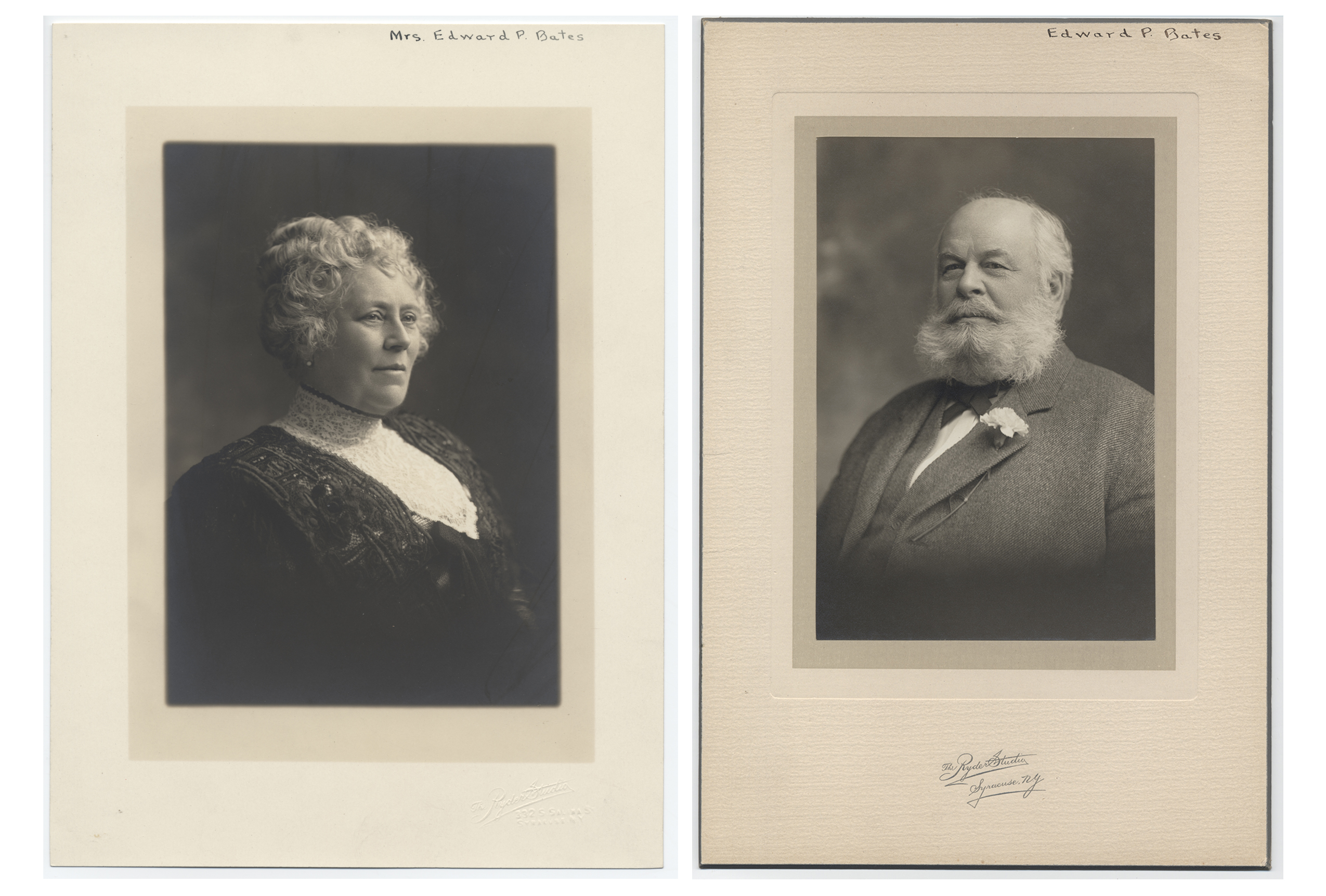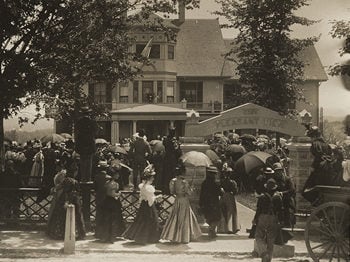When Mary Baker Eddy, the Discoverer and Founder of Christian Science, turned to Edward and Caroline Bates for assistance, she did so because past experience had proven that these dedicated Christian Scientists got the job done. Indeed, one of the most enduring qualities of these early workers was their unswerving dedication to completing the task before them. Mr. Bates described himself as, “an incident in Mrs. Eddy’s demonstration.” Mrs. Bates commented in her reminiscence, ” … I would lift my thought and know that God governed and I could witness Mrs. Eddy’s work.”1 Here we see the humility with which they approached their work.
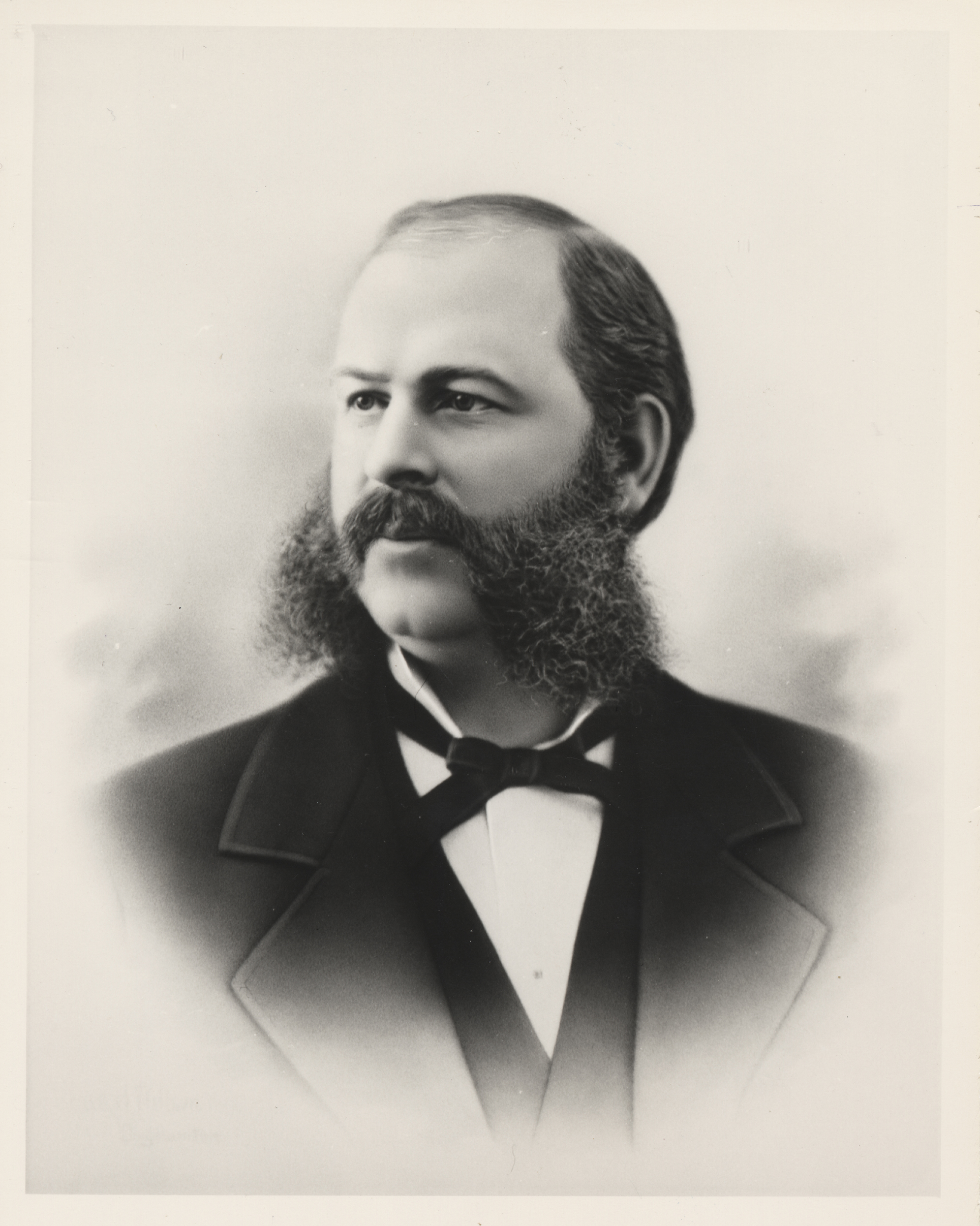
Edward P. Bates was born in Savannah, Georgia, in 1844. His parents, originally from the New England area, moved to Connecticut when he was a baby; there, three more of his brothers were born. Edward traces his descendents back to the ship, “Elizabeth,” which landed in 1635 at Hingham in Boston Harbor.
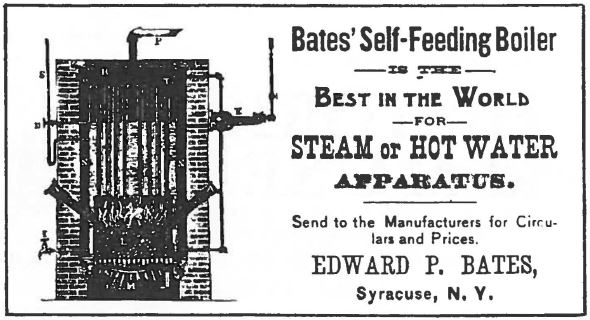
A born mechanic, he apprenticed in a machine shop, working ten hours a day. After work he would ride a locomotive, eager to learn its mechanical operations. Within two years he had mastered the locomotive as well as the shop mechanics. Soon he learned to build a marine engine and install it into a ship,going to sea for several years as an engineer. Although he left school at seventeen, unable to afford any further formal education, his journeyman’s experience in all aspects of mechanical engineering prepared him to become a successful businessman in designing and marketing heating apparatuses. At one point his business had branch offices in ten cities, giving him ample opportunity to hone his natural skills in handling workers to the best advantage. Eventually, due to burgeoning trade unions and their regulations, this business was streamlined into two offices (Syracuse and Utica), which were just as productive as the original ten had been.
We have a different picture of Caroline S. Bradley. Brought up in New Haven, Connecticut, in a medically oriented family, Caroline suffered constant ill health since childhood. Her father, Henry Ives Bradley, was a physician in that city for nearly 50 years. Caroline relates that for years her father was convinced that medicine never healed a disease, and never used it himself. After seeing his daughter healed in Christian Science, he gave up his practice and he and his wife began studying this religion. When Caroline and her husband Edward took Primary class instruction with Mrs. Eddy, just a year and a half after her first healing, both her father and mother were also in the same class. Her family’s healing work in New Haven became the nucleus for establishing Christian Science in Connecticut.
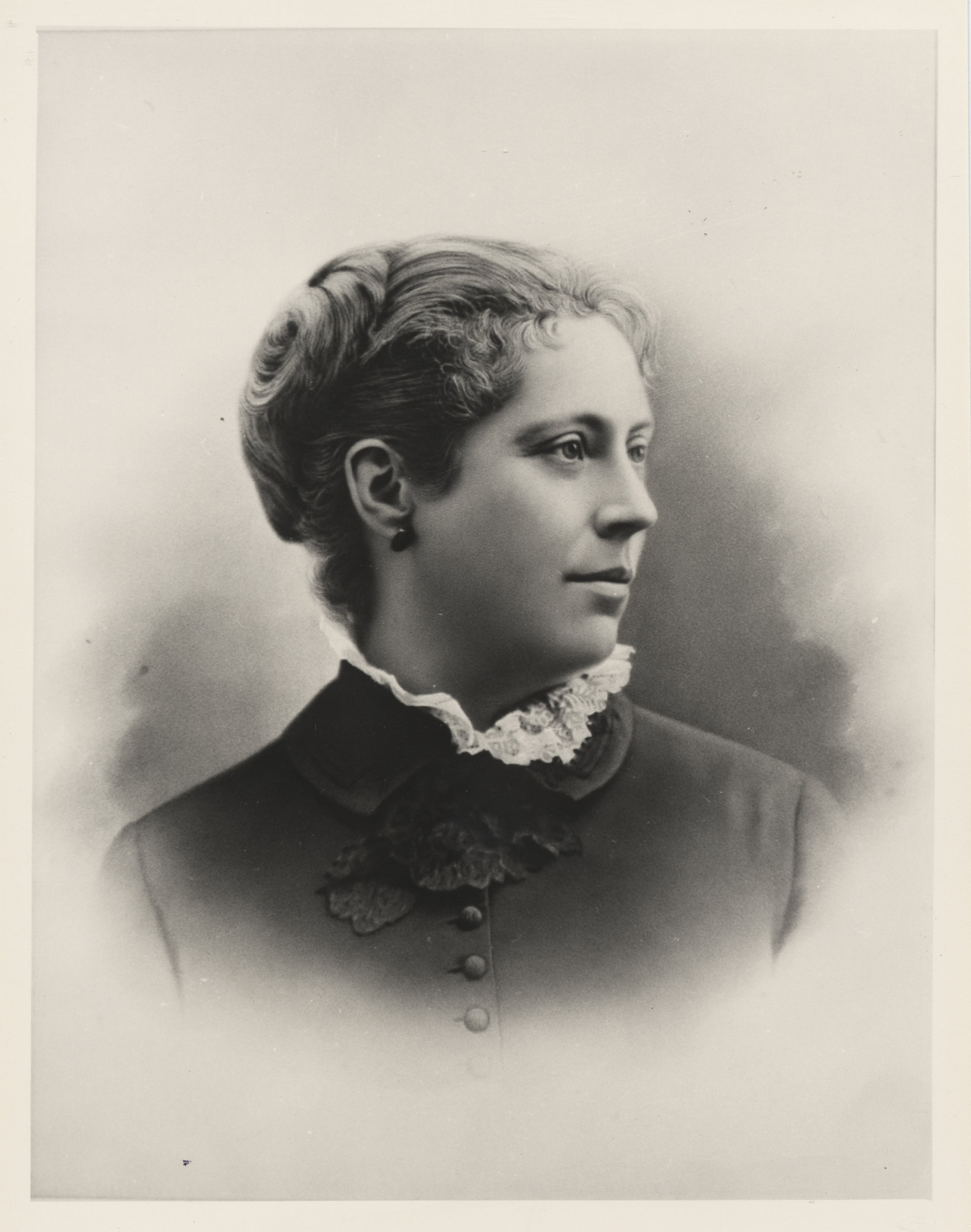
Caroline Bates’ introduction to Christian Science came about in an interesting way. On July 4, 1885, while living in Syracuse, New York, with her husband, Caroline went to a neighboring city to have a crayon drawing done of herself to leave with her husband, as she did not expect to live much longer. While there, a friend gave her the textbook of Christian Science, Science and Health with Key to the Scriptures by Mary Baker Eddy. Caroline relates that after reading two or three pages she was healed, ” … perfectly healed. I was free from pain. I caught the idea of non-intelligent matter …. From that time on I went to the book for my healing.”
For many years Edward had been having serious physical difficulties which caused him to lose much time from work while he tried to regain his strength. The physicians could not help him and he continued to worsen. It was at this point that Christian Science was presented to him. Soon, with the help of a Christian Science practitioner, he was healed. However, he found that he could not, at first, understand this religion which was doing so much for him and his wife.
He had always been a diligent student of the Bible, beginning to read it as soon as he learned to read. His parents were devout Presbyterians, but in his own words, “I needed a new conception of God before I could understand Science and Health. With this new conception the book unfolded to me and I could read it with understanding.”
In January 1887, within a year and a half of their introduction to Christian Science, the Bateses were invited to attend a Primary class of Mrs. Eddy’s at the Massachusetts Metaphysical College in Boston. After class they returned to Syracuse to practice what they had learned. Shortly, Caroline became busy in the healing work. In March, Edward was asked by the Clerk of the Church of Christ, Scientist, in Boston to take the pulpit, but he refused, not feeling competent or prepared to accept the position.
In the fall of that year, the Church selected five students to preach on alternate Sundays. Edward was one of those selected; he spoke several times, gaining in confidence and ability each time. Soon it was decided that one student should be the regular speaker; different students were selected for this position until The Mother Church was built in 1894. (The Bible Lessons, with Science and Health and the Bible as Pastor, were instituted from the very first service in the newly built Mother Church.)
Also that fall, the Bateses were invited to attend a Normal class given by Mrs. Eddy. After returning from this class, they taught classes in Syracuse, New York, and New Haven, Connecticut, among other places. The class taught in New Haven was the first Christian Science class taught in Connecticut. At this time there were few Normal class teachers; these teachers were permitted to go wherever they could assemble a class. Later Mrs. Eddy clearly defined the rules for class teaching in the Church Manual.
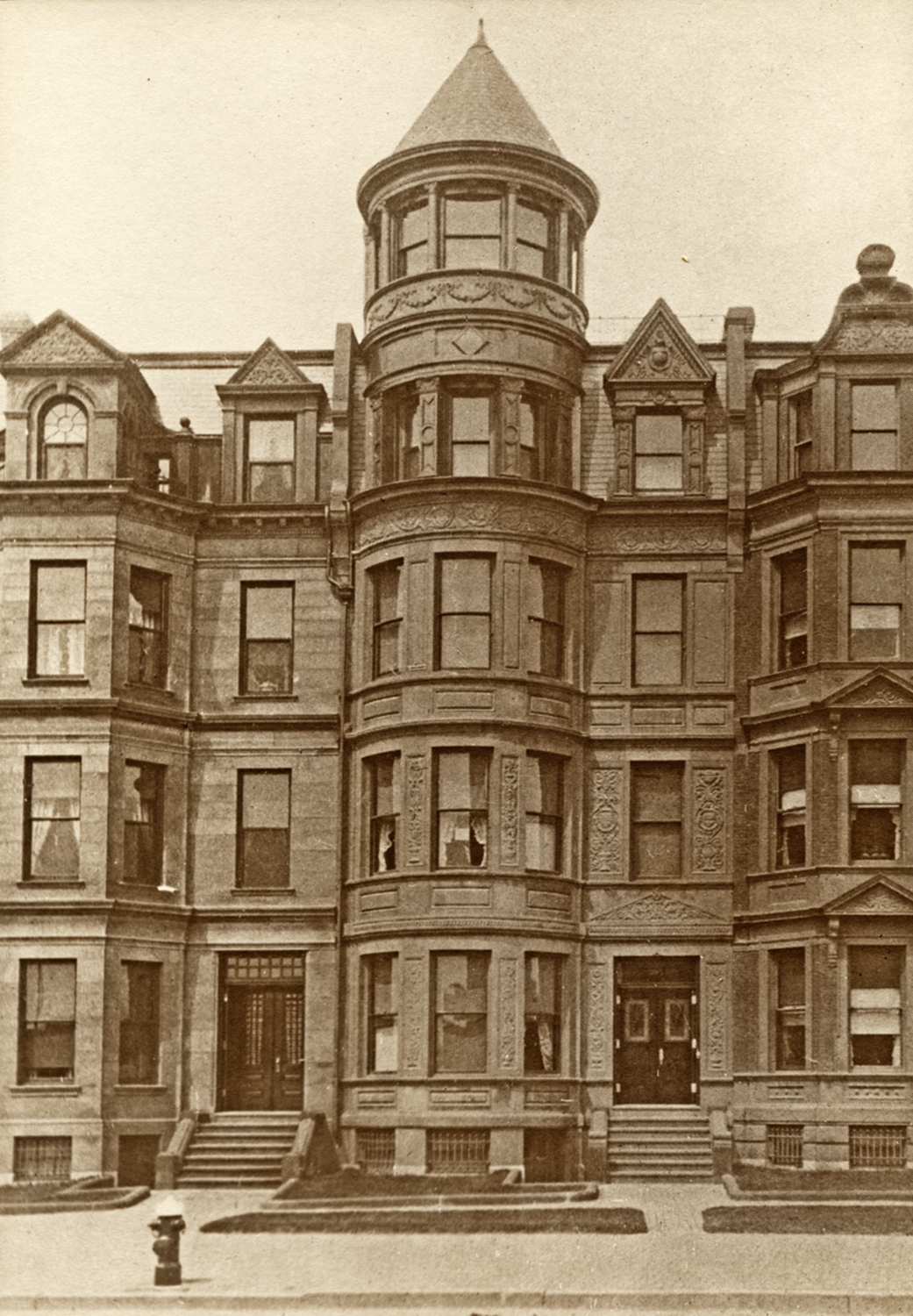
Mrs. Eddy early asked the Bateses for their advice and assistance on a variety of subjects. Shortly before the 1887 Normal class, Mrs. Eddy bought a new home at 385 Commonwealth Avenue in Boston. This spacious new house looked out over a small park. In addition to more living space which she needed for her staff, it gave her the privacy she lacked while living at the college. Mrs. Eddy asked the Bateses to look over the house and tell her what they thought of it. They did this, reporting their unqualified approval. Mrs. Eddy lived here until her move to Concord in 1889.
Several years later in 1895, while living at Pleasant View in Concord, New Hampshire, Mrs. Eddy commissioned Mr. Bates to make considerable changes to the house on Commonwealth Avenue. These changes would make the house into a more suitable residence for the First Reader of The Mother Church.
Mr. Bates, together with the architect who had worked so closely with him on the building of The Mother Church, carried out the renovations and additions which Mrs. Eddy suggested. Among other things, she requested that a tower be added to the roof, making the house distinctive from all the others on the block and providing a pleasant room for study. While in Boston one day, Mrs. Eddy asked to be driven by the house in her carriage, accompanied by the Bateses, and expressed her approval of the work.
In March 1889, the Bateses came to Boston to attend a review class, the last class taught by Mrs. Eddy in Boston. Edward recalled” … [it] was of great value in the ripening process …. [and] we grew in the knowledge of Christian Science during this class.” Certainly these classes were a solid foundation for the work that lay ahead of them.
Edward and Caroline became involved in a variety of activities for the Church. In 1892, they were appointed First Members of The First Church of Christ, Scientist, in Boston, attending meetings of this body to transact Church business. This continued until 1901, when Mrs. Eddy wrote a By-Law transferring the First Members’ work to The Christian Science Board of Directors.2
In 1893, Edward Bates represented the Publishing Society at the Christian Science Exhibit at the World’s Fair in Chicago. This exhibit proved very successful; Christian Science literature was distributed to visitors from around the world. A feature of this fair was the World’s Parliament of Religions, for which Mr. Bates and several other students of Mrs. Eddy’s prepared and read papers on Christian Science.
Back in 1890, Mr. Bates had purchased a Bible printed with thin, strong paper which he felt would be ideal for Science and Health. The paper came from the Oxford University Press in England and was used exclusively for Bibles and Church of England Prayer Books. Although his request for a supply of this paper was turned down by the Oxford Press, he continued to correspond with them, hoping to get the paper.
In 1893 Mrs. Eddy encouraged her printer to experiment with a thinner paper (similar to the type used in Bibles) for Science and Health; several editions were printed, but the quality of the paper was not equal to the paper from England. Mr. Bates persisted in his efforts and finally obtained enough of this paper from the Oxford Press to print 50 copies of Science and Health. This was the 84th edition.
Originally the Oxford Press had refused to sell any of its paper, but when they realized that the wide circulation of Science and Health was stimulating the sale of Bibles, they reversed their earlier decision and decided to supply the paper to the Christian Science Publishing Society—and only to them. Today, Mrs. Eddy’s writings continue to be printed on this type of paper, which is now being made in this country.3
Probably the single most important contribution of Edward and Caroline Bates to the Cause of Christian Science was their active involvement in overseeing the completion of The Mother Church.
In June of 1889 the Bateses attended the Annual Convention of the National Christian Science Association in Cleveland, Ohio. At this convention Mr. Bates was appointed to the Publishing Committee and required to attend monthly meetings in Boston. While in Boston to attend one of these meetings in October 1894, the Bateses first observed just how far behind schedule was the construction of The Mother Church.
The Christian Science Board of Directors had been faithfully and prayerfully dealing with each challenge as it came along-overcoming countless obstacles to the progress of the construction. Now, at the eleventh hour when they had come so far, completion of the church at the time appointed by Mrs. Eddy seemed humanly impossible. In addition to construction delays, difficulties in obtaining materials, and labor disputes, there was not enough money in the building fund to make new contracts and fulfill existing ones.
Realizing the urgent need for additional funds, Mr. Bates and some others suggested that the large churches, such as those in Chicago and New York, be contacted to increase their donations to the building fund. This was in addition to the regular notices being placed in The Christian Science Journal apprising the field of the need. This suggestion was acted upon and soon the money came pouring in. In fact, it was necessary to put a notice in the January 1895 Journal requesting that no more money be sent.4
The Board of Directors had previously given him the heating and ventilating contract, and in July he had prepared the plans for installation. In November when the Bateses returned to Boston for another meeting of the Publishing Committee, they asked an architect friend, very knowledgeable in art glass, to look over the work on a rose window that Mrs. Bates was donating to The Mother Church.
While at the glass studio, the architect happened to see the general plans for the church and noticed a very serious mistake. As the plans were drawn, the ceiling trusses of the auditorium were three feet too low where they rested on the wall between the gallery and the vestibule. This meant that a person would have to stoop to get into the gallery, and the rear seats of the gallery would be unusable.
After much discussion, it was decided that the ceiling must be raised. The architect was hired to complete the interior of the church, and the Directors asked Mr. Bates to oversee the changes. He accepted the assignment and began work immediately. At first, the contractor involved felt that it would take eight weeks to make the changes. Edward, the architect, and the engineers went to the church to see what could be done.
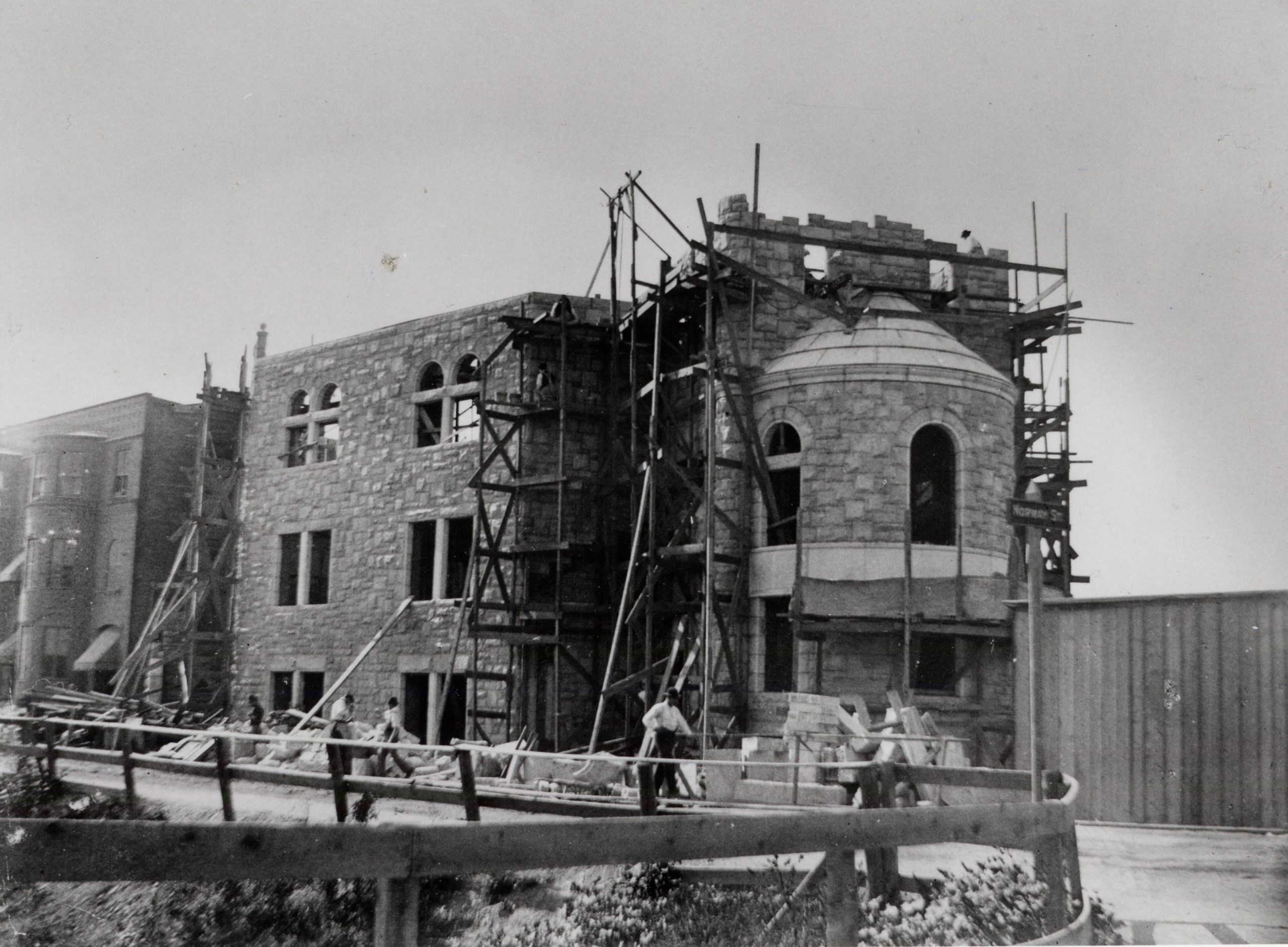
What a scene it was! The roof was not on, the windows were not in, and the church was full of snow and ice. So far, November had been a terrible month with the snow coming early and staying. At last the engineers agreed that the work could be done—eight days later it was complete.
This work finished, Mr. Bates took a train back to New York. But he got little sleep that night. There was a conflict going on inside him. On the one hand, he felt a duty to help the Church with his expertise in areas of construction and managing manpower. Yet, he thought, perhaps it was none of his business and he should just go home and take care of his own affairs. By morning he had decided to offer his services to the Directors. After taking care of some personal business, he returned to Boston and met with them.
He told them, “Gentlemen, I have come to Boston to offer you my services. You need someone constantly at the church to take care of this work and see that it progresses rapidly. I feel that I can do this, and if you wish to accept my services I will give you my time until it is finished.” The Directors accepted his offer and wrote a letter authorizing him to take charge of the structure, to make contracts, and to do everything which the Board itself was authorized to do.
This was the twelfth of November. Seven weeks remained until the day Mrs. Eddy had designated for the first service to be held. Mrs. Bates found a suite of rooms very near the church that met all their needs for living and working space, including space for the architect and his assistants. Mr. Bates could be found at the church from eight in the morning until five at night, or later if the men worked overtime.
Mrs. Bates was also at the church, encountering many challenges which required her special talents. A large chandelier was to hang in the auditorium, but when it was seen that it would obstruct the view of the platform from the balcony, Caroline designed a skylight in the form of a sunburst for the ceiling. It enclosed 144 electric lights which illuminated the auditorium for the evening services.
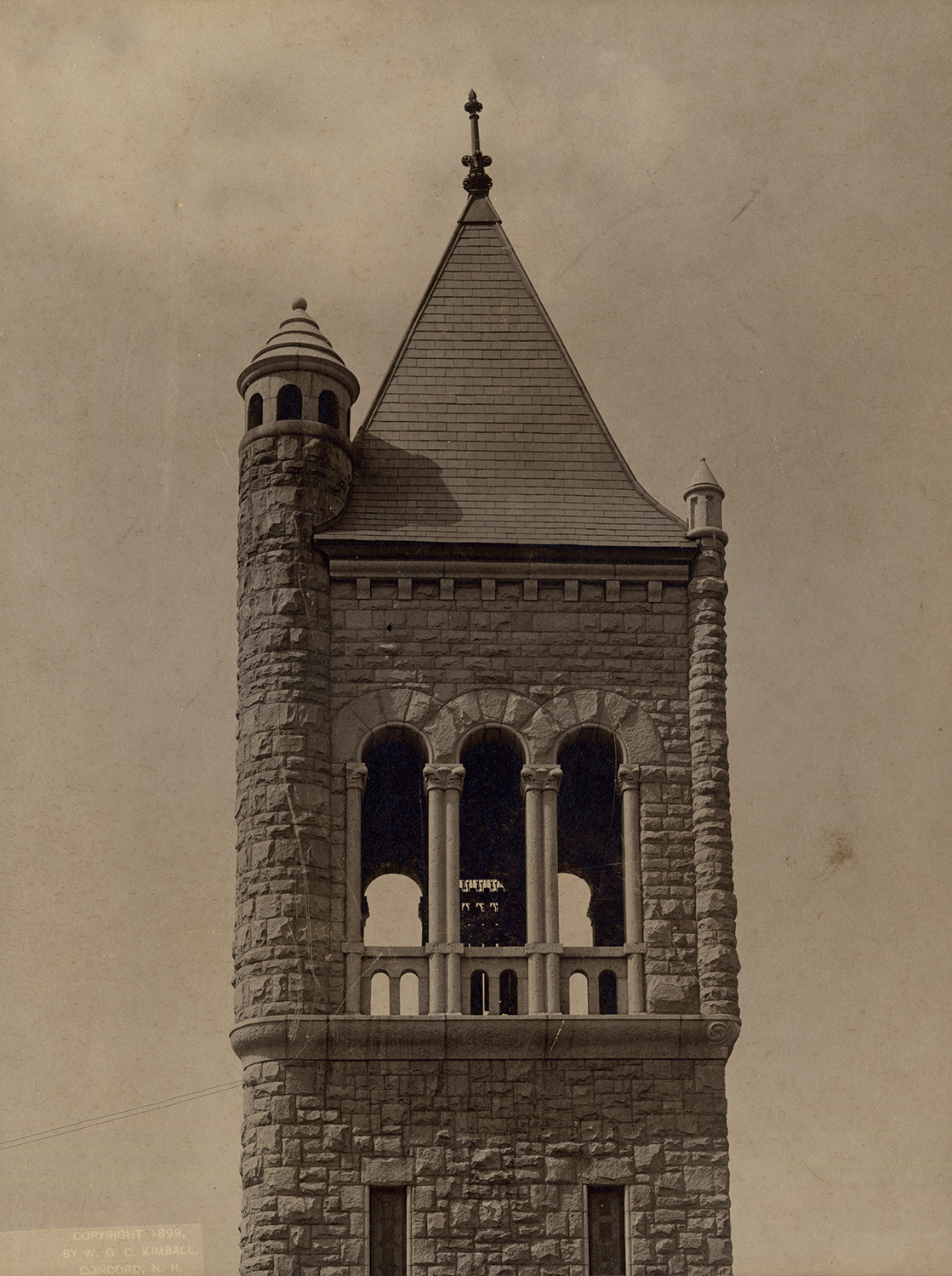
Frequently, sometimes daily, letters from Mrs. Eddy, delivered by a special messenger from her household, would be sent to the Bateses. These messages inquired about the progress and gave explicit instructions. One such letter arrived on December 7, addressed to Caroline. It read, “Finish the tower and plaster the church.”5 Mrs. Bates felt sure the message was for her husband and not for her, but the messenger assured her that there was no mistake. Mrs. Eddy had very definitely directed the message to her.
Shortly after receiving the message, a dispute broke out between the masons, bricklayers, and steel men regarding the details of finishing the tower of the church. Mrs. Bates told them, “We will go up and find a way to do it.” They all laughed heartily, thinking a woman could never climb to the top of the 120 foot tower, especially on such a cold, windy day.
Two long ladders were lashed together without any support. They swayed with every step, but she was not afraid as she made the ascent. Later she said, “There was but one thing to do, which was to carry out Mrs. Eddy’s instructions to finish the tower.” Mrs. Bates was on the tower for nearly four hours; when she came down the problem was solved, and the men thanked her for showing them how to do the work.
In her dedicatory sermon for The Mother Church, Mrs. Eddy acknowledged Mrs. Bates’ work on the tower:
Woman, true to her instinct, came to the rescue as sunshine from the clouds; so, when men quibbled over an architectural exigency, a woman climbed with feet and hands to the top of the tower, and helped settle the subject.6
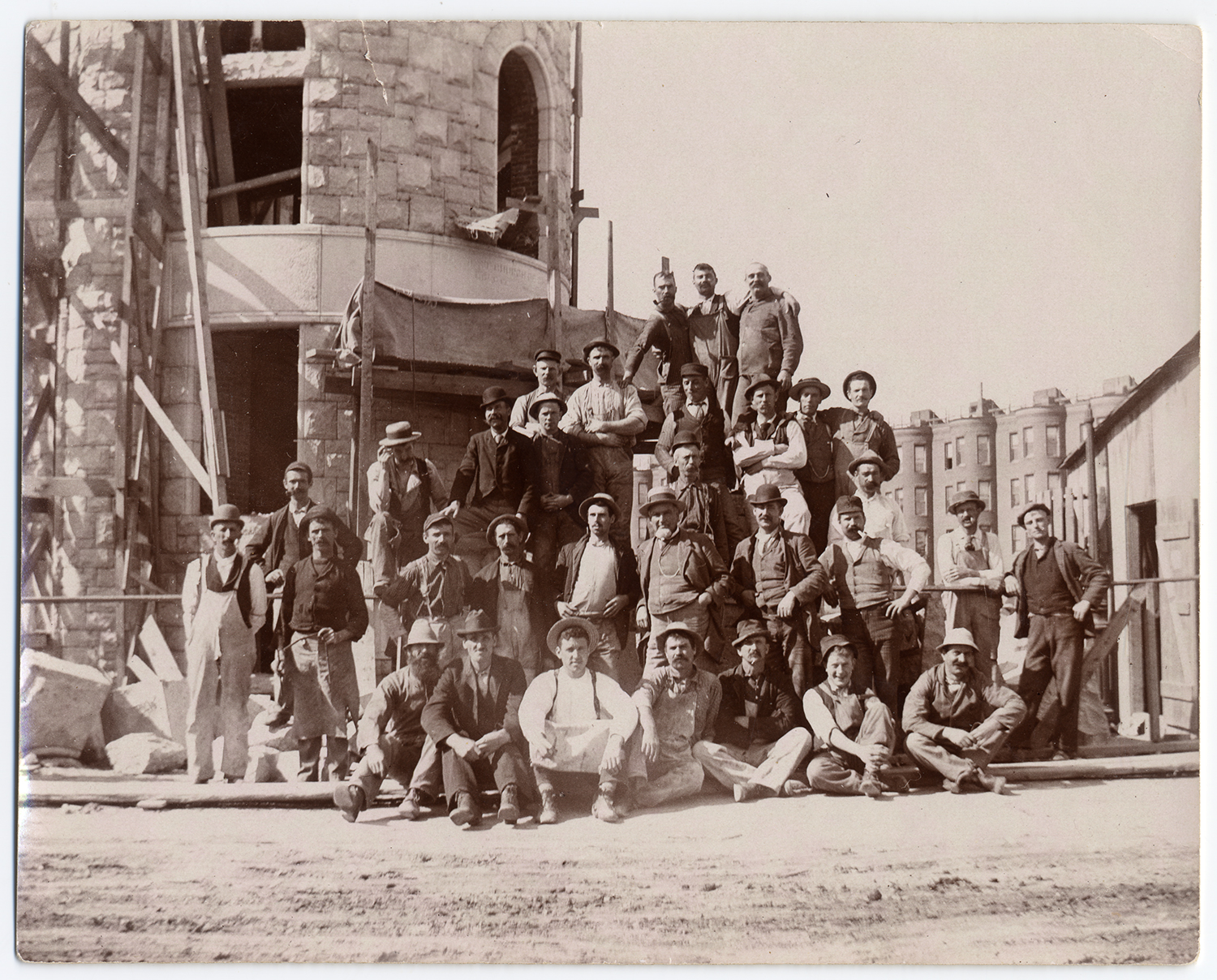
That night, after receiving Mrs. Eddy’s message about finishing the tower and plastering the church, Caroline and Edward prayed diligently to know how to carry out this request. It became clear to them that if the church was to be completed on schedule, obedience was essential. When it seemed impossible to fulfill Mrs. Eddy’s requests regarding some aspect of the construction, they would remind themselves that they were witnessing her demonstration. As Mrs. Bates put it, “Incidents came up every day, helping us to know that God’s work was a finished work and that we could obey and see Mrs. Eddy make the demonstration.”
The very next day they made arrangements to have electric lights in the church so that the plastering could be done that evening. They all worked through the night, Caroline providing the workmen with a meal at midnight. The contractor had predicted that the plastering would take 12 weeks, but two coats of plaster were applied in 12 hours. Early the following week the finishing coat was put on.
Soon after Mr. Bates began to oversee the work, he realized that the order in which projects were completed in the church was highly important. For instance, one of the first things that needed to be done was to lay the beautiful mosaic floor in the auditorium. Mr. Bates knew this was important; but the mosaic contractor, fearing damage to the floor, at first refused to start the work until the roof was on. Mr. Bates insisted it be done, assuring him that the mosaic would be protected. Finally he agreed, and the floor was finished and covered over with sawdust and boards.
Each step followed the next in an orderly fashion. Later it was seen that if the floor had not been laid when it was, the cement and mosaic would not have hardened enough to receive the bolts for fastening the seats. Thus the seating contractor would not have been able to enter and put the seats in place immediately after the plastering and painting were finished. Because he was able to do this, the final work on the interior could proceed.
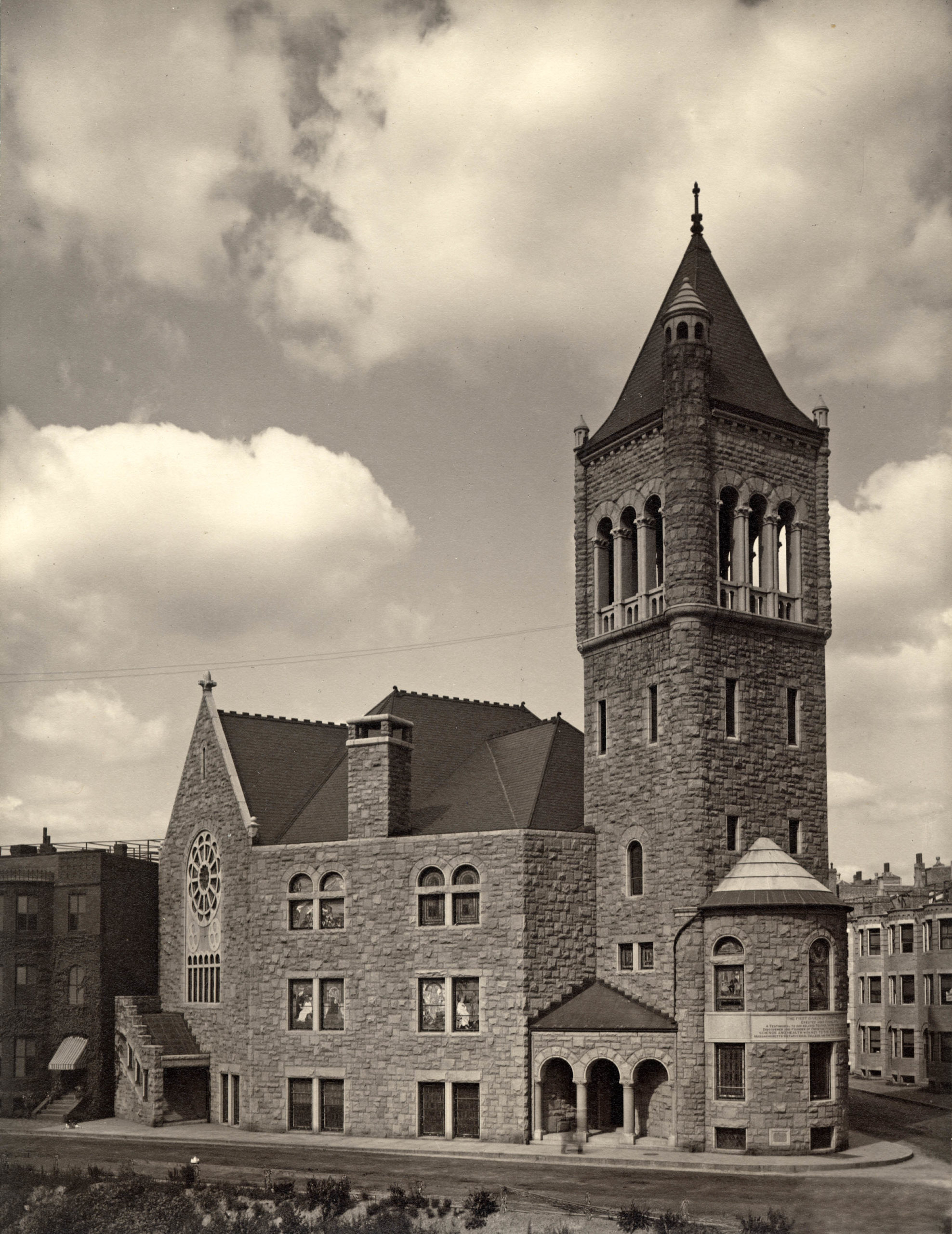
On December 29, the day before the first church service was to be held, the auditorium was full of workers, representing the different trades, and Christian Scientists who had volunteered to do whatever was necessary to prepare the church for the following day. Mr. Bates recalls the scene: “At five o’clock that evening, viewing the room there appeared about a hundred and fifty days’ work to be done before occupying the auditorium, …. The work went on quietly but rapidly. The clock struck twelve. In looking about the auditorium floor and gallery I noticed a great procession of men and women walking towards the vestibule. I was surprised. Every person in that room finished his work at the same moment …. I shall never forget the lesson of precision that it taught me.”
The Bateses continued to actively serve the Cause after The Mother Church was completed. In 1895, Mrs. Eddy appointed Edward Bates to The Christian Science Board of Directors. After six months, however, it was clear that this was not his right place; he resigned and Judge Septimus Hanna was appointed instead. That same year he was appointed president of The Mother Church- a post he held four different times.
In the fall of 1896, Mrs. Eddy asked Mr. Bates to buy the house next to the Publishing House and prepare it for publishing a new book she was about to issue. The year before he had suggested to her that her writings from The Christian Science Journal be gathered together and reprinted for the benefit of those Christian Scientists unfamiliar with them. Now, after much labor, her book Miscellaneous Writings was ready for publication.
After many delays, Mrs. Eddy asked Mr. Bates to do all he could to get the book published. To expedite the work, he personally took the proof sheets daily to the printer for corrections, waited for them, and brought them back to the Publishing House where the corrections were made; finally, he sent them by special messenger to Concord for Mrs. Eddy’s approval. This procedure took all night and went on for several weeks.
The work progressed rapidly. When the book was published, Mrs. Eddy presented Edward with a beautiful watch chain, which she designed herself. The ornate design was crafted from gold taken from her son’s mine in South Dakota. Her accompanying letter asked him to accept it as a favor from her, for his work in helping to get out the new book.
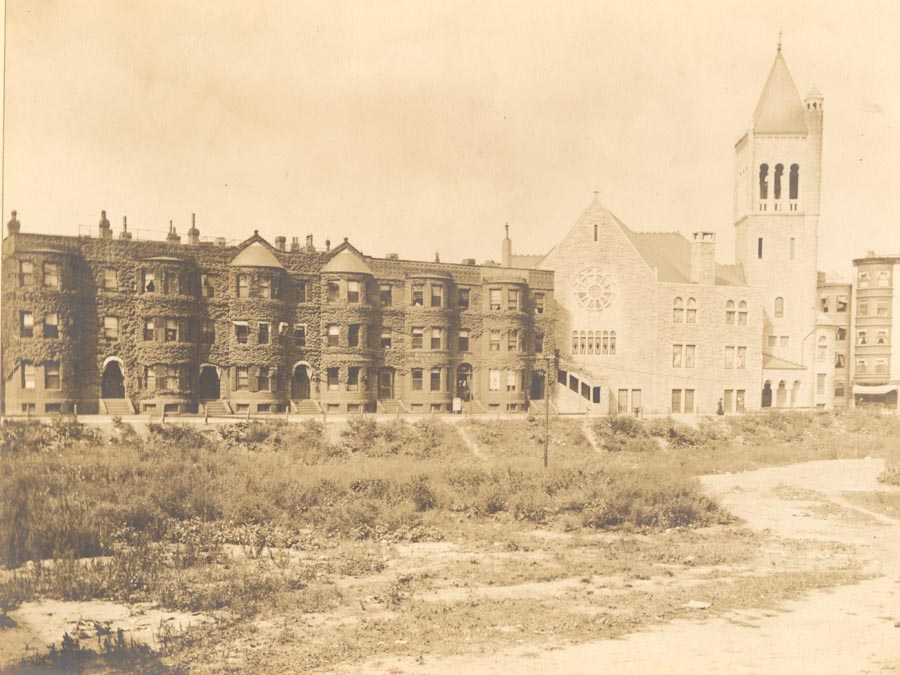
With all that was going on in the last days of completing The Mother Church, Mrs. Bates, as agent for the Publication Committee, began purchasing houses along Falmouth Street. On Christmas Eve, Caroline purchased number 95, completing the transaction on the day after Christmas. Continuing as agent, she purchased three more houses on that street. By 1903 the Church had acquired the entire property needed to construct the Extension of The Mother Church.
In 1898 Mrs. Eddy created the three-member Board of Trustees of The Christian Science Publishing Society to administer the property and run the business of the Publishing Society. Mr. Bates, along with James Neal and William McKenzie, was appointed. As with the Board of Directors, this did not work out and he resigned in six months.
Mrs. Eddy described Edward Bates as “the most helpitive student I ever had.”7 He had the ability to quickly respond to a call for help, evaluate what needed to be done, and then channel all his expertise into the work until the task was completed. This he did time and again for Mrs. Eddy and the Cause of Christian Science.
Throughout each challenging situation we see Caroline and Edward working independently, yet as a team, to bear witness to Mrs. Eddy’s demonstrations.
